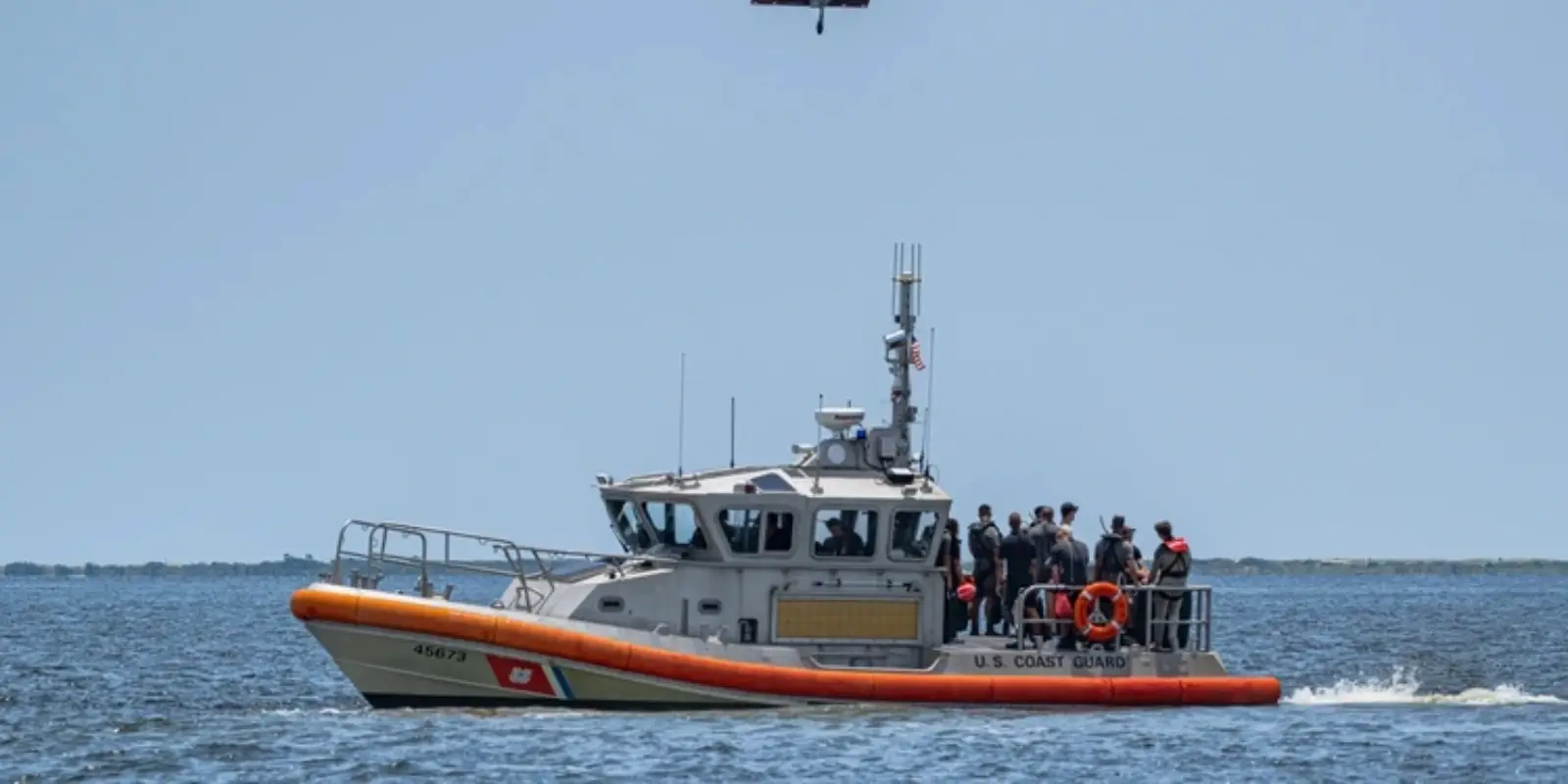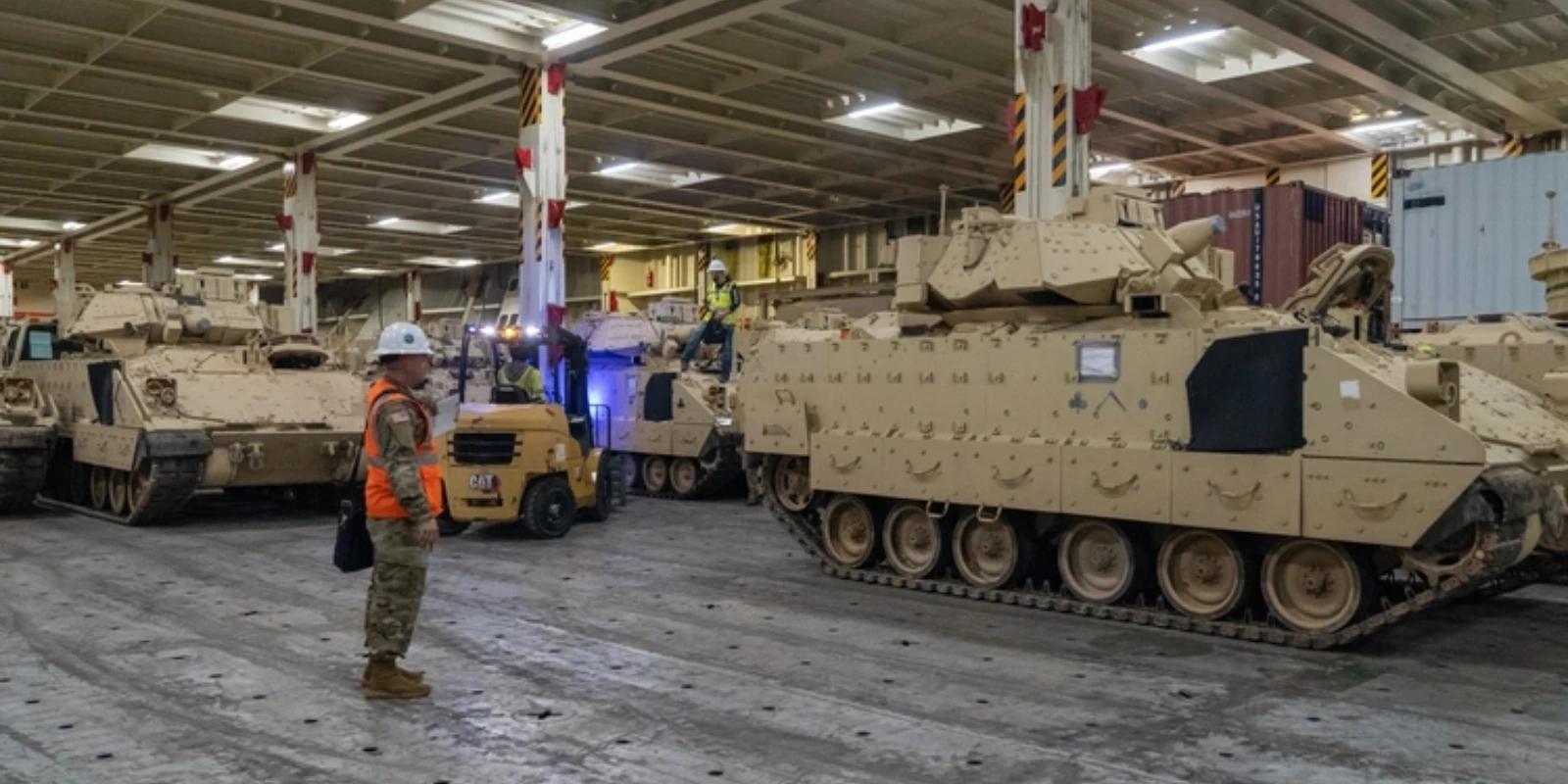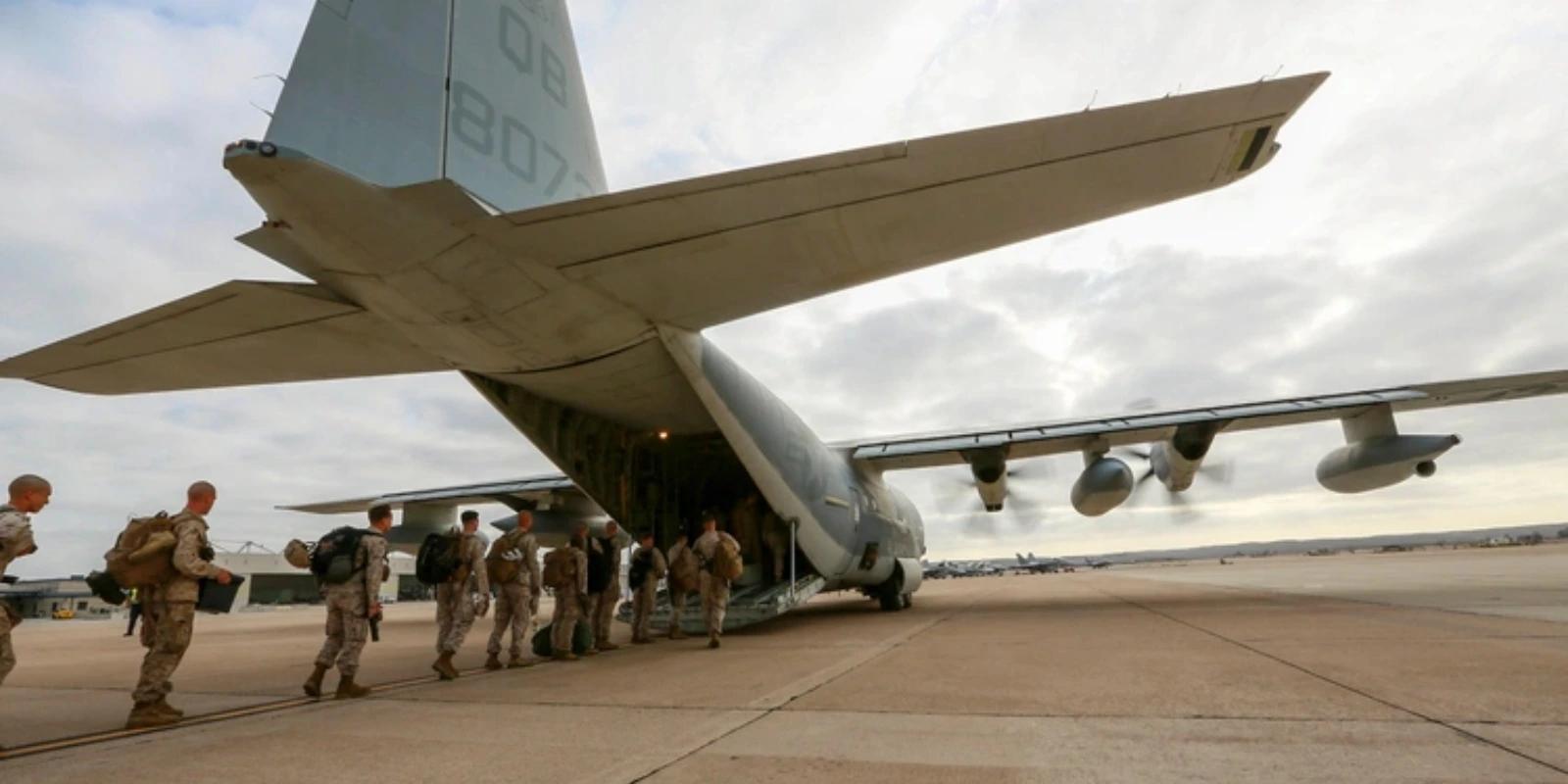COURAGE OVER KERR COUNTY—COAST GUARD AIRCREW RECOGNIZED FOR LIFE-SAVING MISSION

When the floodwaters swallowed Kerr County over the Fourth of July weekend, help came from the sky.
Nearly 200 people were stranded—many of them children—after the Guadalupe River surged 26 feet, swallowing roads and wrecking Camp Mystic, a beloved girls summer camp in the Texas Hill Country.
Communication lines were down. Panic was setting in. Then came Rescue 6553.
A Four-Person Rescue Crew Saves Lives
The four-person Coast Guard crew, stationed 150 miles away in Corpus Christi, answered the call before sunrise. Their mission: reach the devastated flood zone, assess the scene, and begin evacuations—fast.
Before they could even take off, flight mechanic Petty Officer 3rd Class Seth Reeves spotted a serious mechanical issue on their helicopter. With no time to spare, Reeves immediately prepped a second aircraft—an HC-65E Dolphin—and the crew launched into dangerous weather.
Visibility was near zero. Lt. Ian Hopper, the aircraft commander, flew by instruments alone after three failed attempts to reach their destination. Once over Camp Mystic, it was clear: no one else had made it in.
On the ground, rescue swimmer Petty Officer 3rd Class Scott Ruskan stepped into the chaos.
Ruskan Steps In & Saves Lives
For the next three hours, Ruskan triaged the crowd—most of them frightened children—counting heads, assessing needs, and loading them onto helicopters bound for safety.
“I had about 200 people, kids mostly, all scared, terrified, cold, and having the worst day of their life,” Ruskan told Task & Purpose. “I just kind of needed to triage them and get them to a higher level of care.”
While Ruskan worked below, co-pilot Lt. Blair Ogujiofor was above, orchestrating a complex and risky air operation. In severely limited visibility, he guided over a dozen helicopters into and out of the flood zone, ensuring each one avoided collision in the crowded airspace.
Thanks to the precision and composure of the crew, nearly 200 people were evacuated. Rescue 6553 personally rescued 18, but their leadership enabled the larger effort to succeed.
The Crew Receives Recognition
On July 11, the crew was formally recognized for their actions.
Lt. Hopper and Petty Officer Ruskan were awarded the Distinguished Flying Cross—one of the highest decorations for heroism in military aviation.
Established by Congress in 1926, the Distinguished Flying Cross is awarded by the President of the United States (or, more typically in practice, by military department secretaries on the President’s behalf) for "heroism or extraordinary achievement while participating in aerial flight." It is the fourth-highest award for valor that can be given to a member of the U.S. military.
Lt. Ogujiofor and Petty Officer Reeves were awarded the Air Medal, a prestigious decoration also established in 1942 by executive order, presented for single acts of meritorious achievement or heroism in aerial flight.
Both medals are awarded through the Department of Homeland Security for members of the U.S. Coast Guard.
The awards were presented by Secretary of Homeland Security Kristi Noem during a ceremony honoring the crew’s valor.
“In the face of devastating floods in Texas, this Coast Guard aircrew’s courageous actions saved lives and reaffirmed our vital role in protecting American communities,” said Adm. Kevin Lunday, acting commandant of the U.S. Coast Guard.
For the crew of Rescue 6553, the mission was never about medals.
It was about calming the voices of terrified children, answering the urgency of rising floodwaters, and relying on the trust each crew member had in one another to do their part—and do it fast.
Search and rescue efforts continue across Texas. Dozens remain missing. But thanks to the courage and precision of one Coast Guard crew, nearly 200 families were spared unimaginable loss.
Suggested reads:
SHARE:
TAGS:
JOIN OUR NEWSLETTER
Get the latest news and military discounts



